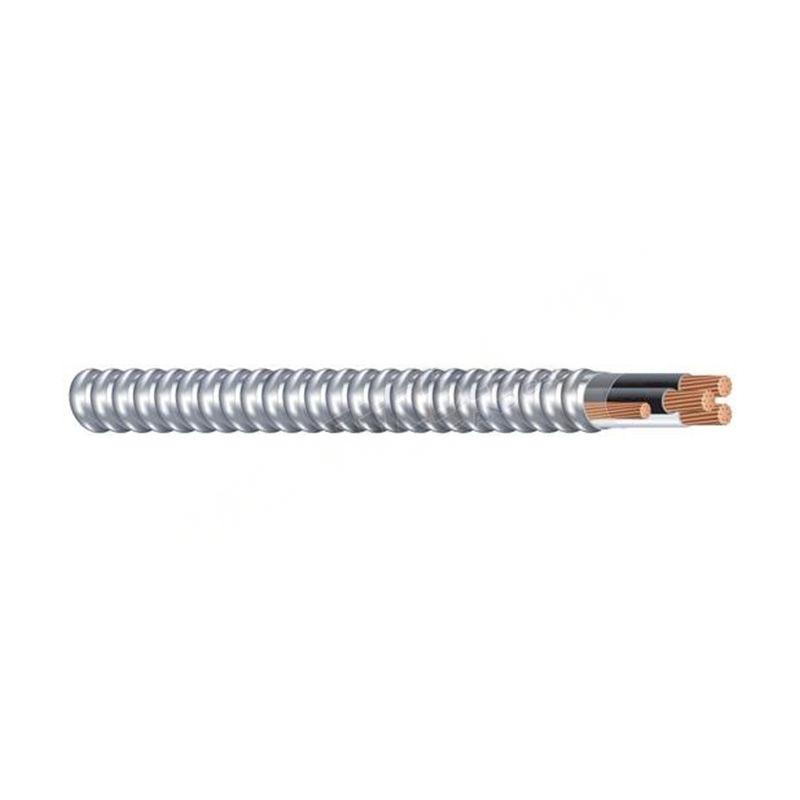Rhag . 26, 2024 06:46 Back to list
Understanding Standard Wire and Cable Types for Electrical Applications and Projects
Understanding Standard Wire and Cable A Comprehensive Overview
In the modern age of technology and electronics, understanding the importance of standard wire and cable is crucial for both professionals and enthusiasts alike. Electrical wiring and cabling serve as the backbone for transmitting energy and data in various settings, from residential homes to industrial complexes. In this article, we will explore the essential features, applications, and significance of standard wire and cable.
What Are Wires and Cables?
Wires are single conducting strands that typically consist of metals, such as copper or aluminum, that are capable of carrying electrical current. In contrast, cables are usually a collection of two or more wires that are bundled together in an insulating layer for protection and accessibility. These components are integral in various applications, including power distribution, telecommunications, and device connectivity.
Types of Standard Wires and Cables
The most commonly used standard wires and cables can be categorized into several types
1. Non-Metallic Sheathed Cable (NM) Often used in residential wiring, NM cable consists of two or more insulated conductors and a bare ground wire, all surrounded by a non-metallic sheath that provides insulation and protection from physical damage.
2. Coaxial Cable Predominantly used for cable television and internet connections, coaxial cable features a central conductor, an insulating layer, a metallic shield, and an outer insulating layer. This design helps to minimize signal interference and maintain signal quality.
3. Twisted Pair Cables Common in telecommunications and data networks, twisted pair cables consist of pairs of wires twisted together to reduce electromagnetic interference. There are two main types Unshielded Twisted Pair (UTP) and Shielded Twisted Pair (STP), each serving different applications.
4. Fiber Optic Cables These cables utilize light to transmit data over long distances at high speeds, making them ideal for internet and telecommunications networks. Fiber optic cables are made up of glass or plastic fibers and are less prone to interference than traditional copper cables.
Standards and Certifications
Standardization is fundamental in wire and cable production to ensure safety, compatibility, and performance. Various organizations, such as the American National Standards Institute (ANSI), the Institute of Electrical and Electronics Engineers (IEEE), and the National Electrical Manufacturers Association (NEMA), develop standards that manufacturers must adhere to.
standard wire and cable

For example, the National Electrical Code (NEC) provides guidelines for electrical wiring in residential and commercial buildings, detailing everything from material specifications to installation practices. Compliance with these standards helps to prevent electrical fires, enhances the safety of electrical systems, and ensures that installations meet local codes.
Applications of Standard Wire and Cable
The applications of standard wire and cable are virtually limitless. Here are a few notable examples
- Power Distribution Electrical wires and cables are essential for the transmission of electricity from power plants to homes and businesses. They ensure that energy is delivered safely and efficiently.
- Telecommunications Communication systems depend heavily on cabling for data transmission. This includes internet connections, phone lines, and television services, where reliability and signal integrity are paramount.
- Industrial Automation In manufacturing and production environments, wires and cables are crucial for connecting machines, sensors, and control systems. They facilitate automation processes that enhance productivity and efficiency.
- Automotive The automotive industry uses various types of wires and cables for electrical systems in vehicles, including lighting, entertainment systems, and engine management systems.
The Future of Wires and Cables
With advancements in technology, the future of standard wire and cable is evolving. Innovations such as wireless power transmission and enhanced fiber optic solutions pave the way for more efficient and versatile applications. As the demand for higher data rates and improved electrical efficiency grows, manufacturers continue to develop new materials and designs that meet the needs of modern applications.
Conclusion
In summary, standard wire and cable are fundamental components in our electrically-driven world. Understanding their types, applications, and importance in adhering to safety standards empowers professionals and consumers to make informed decisions in their use and installation. As technology advances, the role of these essential components will only become more significant, ensuring connectivity and power distribution in our daily lives.
Share